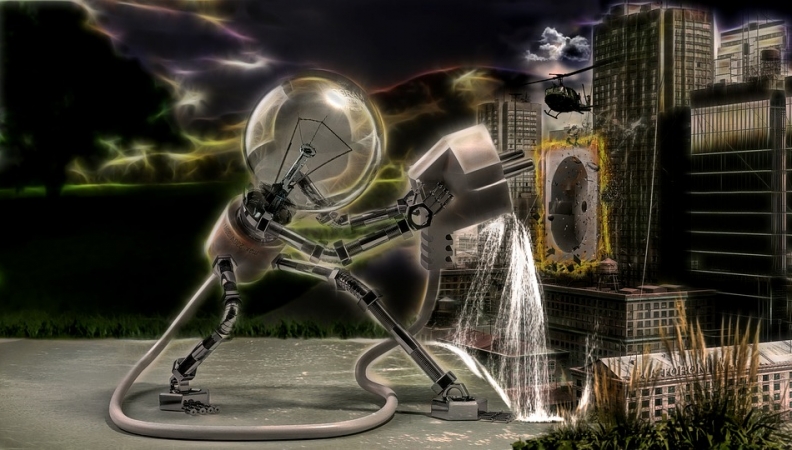The pace of technological innovation today isn’t just fast. One that is better able to work with the extremely evolved technology that we have available now, let alone what will be in existence three months, and three years from now. AI transcends the primary facets of digital transformation – products, employee engagement, customer relationships, and optimizing operations. AI and Machine Learning are also being used by numerous companies to streamline customer service, better connect with customers, and automate orders. As businesses move ahead, towards a more open, inspiring, and creative organizational culture, it will be possible to envision the next step, and then the next. Once you start taking this journey, just as has been done with technological innovation, you’ll start to see the other paths and possibilities, illuminating your two-dimensional roadmap for change to reveal a whole new three-dimensional world of potential. How can your workplace processes transform? Change, especially behavioral change, needs to start from the top. According to Nancy Duarte, Principal of Duarte, Inc., the key to managing a team of creative people is to take a step back to get that all important perspective – at what stage is your team at within the greater process? If organizational culture had committed to transforming along with technology decades ago, we wouldn’t even be using the word disruption.

This post is sponsored by Microsoft Office.
The pace of technological innovation today isn’t just fast. Technology is evolving at an exponential rate. While in many ways, businesses have reaped the benefits of such progress, without a similar transformation of company culture, how can organizations truly harness what’s available?
Resources, even the remarkable innovations of today, are worthless if the human ingenuity is not there to leverage their potential.
How can leadership motivate their creative teams to visualize and formulate the platforms that will be able to sustain tomorrow’s expectations?
What can business leaders do to foster a healthy culture of transformation? One that is better able to work with the extremely evolved technology that we have available now, let alone what will be in existence three months, and three years from now.
As Aaron Dignan, Founder of The Ready explains in Microsoft Office’s Modern Workplace, the power of information technology and the fluidity of access to computing power has sped up the cycle of change.
We’ve gone from the advent of the Internet, which connected businesses and individuals on a global scale for the first time in human history, to the Internet of Things, (IoT), which has injected this infinite new world into the experience of everyday living.
From industrial machinery to the kitchen toaster, every device can communicate with the endless information on the web, increasing the amount of data available and fueling change even further.
It’s not that we are changing more than we were ten or twenty years ago. It is that the exponential rate of change has caught up with us to create the extremely fast-paced reality we are in now.
From Digital Transformation to Digital Transcendence
We are now experiencing the digital abundance we’ve been discussing for decades. We’re seeing the results of Moore’s Law, which predicted the number of components per integrated circuit would double every one or two years.
And Ray Kurzweil’s Law of Accelerating Returns, which pointed out that beyond the early stages of exponential growth, the results become extraordinary. They end up transcending our existing models and processes, and for many of us, our imaginations.
Artificial intelligence is the Law of Accelerating Returns in action. AI transcends the primary facets of digital transformation – products, employee engagement, customer relationships, and optimizing operations.
It has stretched our disruptive thinking into a new dimension, disrupting the disruption. And, it has done this before most organizations have even had a chance to undergo a successful three-dimensional digital upgrade.
The innovative companies who have applied AI to their digital transformation are light years ahead of those who are still testing the waters of automation and cloud-based technologies.
Instead of just transforming your products, with AI, there can be a fundamental shift in products and services.
Take, for example, Rolls Royce’s recent transformation of the aerospace industry with their TotalCare® services, which use advanced analytics along with the IoT to uncover data insights and improve flight efficiency in ways that were unheard of before.
AI can be employed in…

COMMENTS